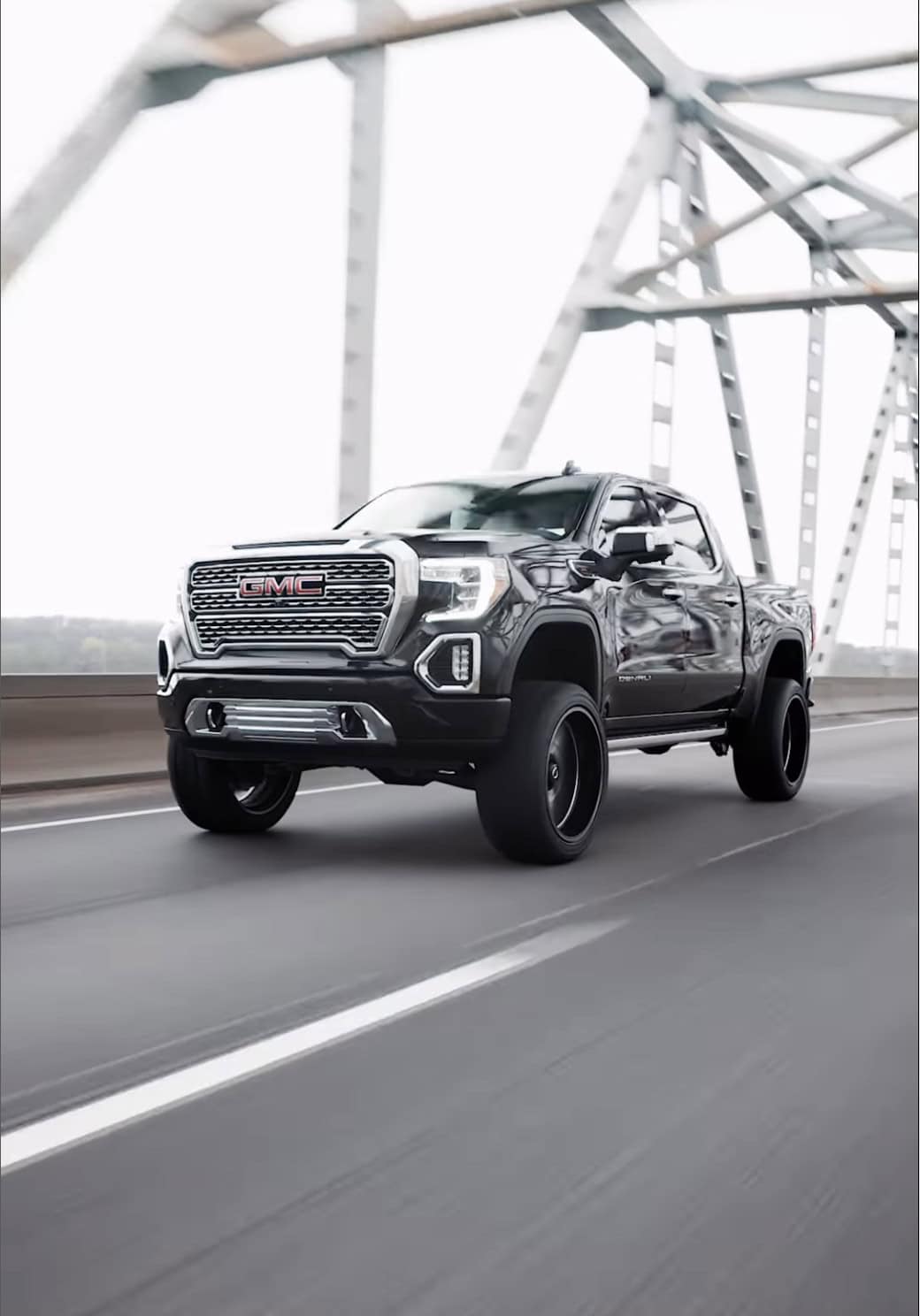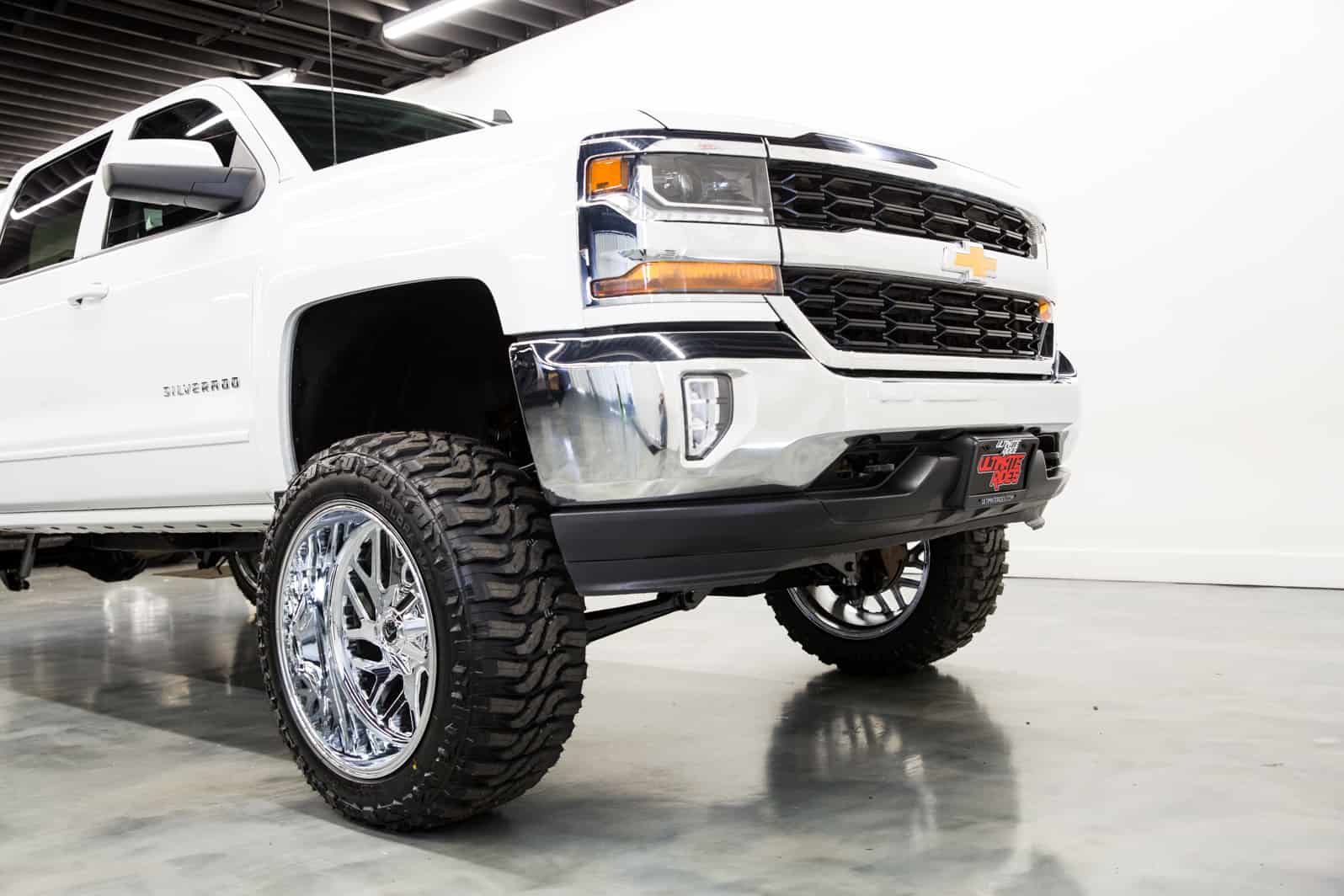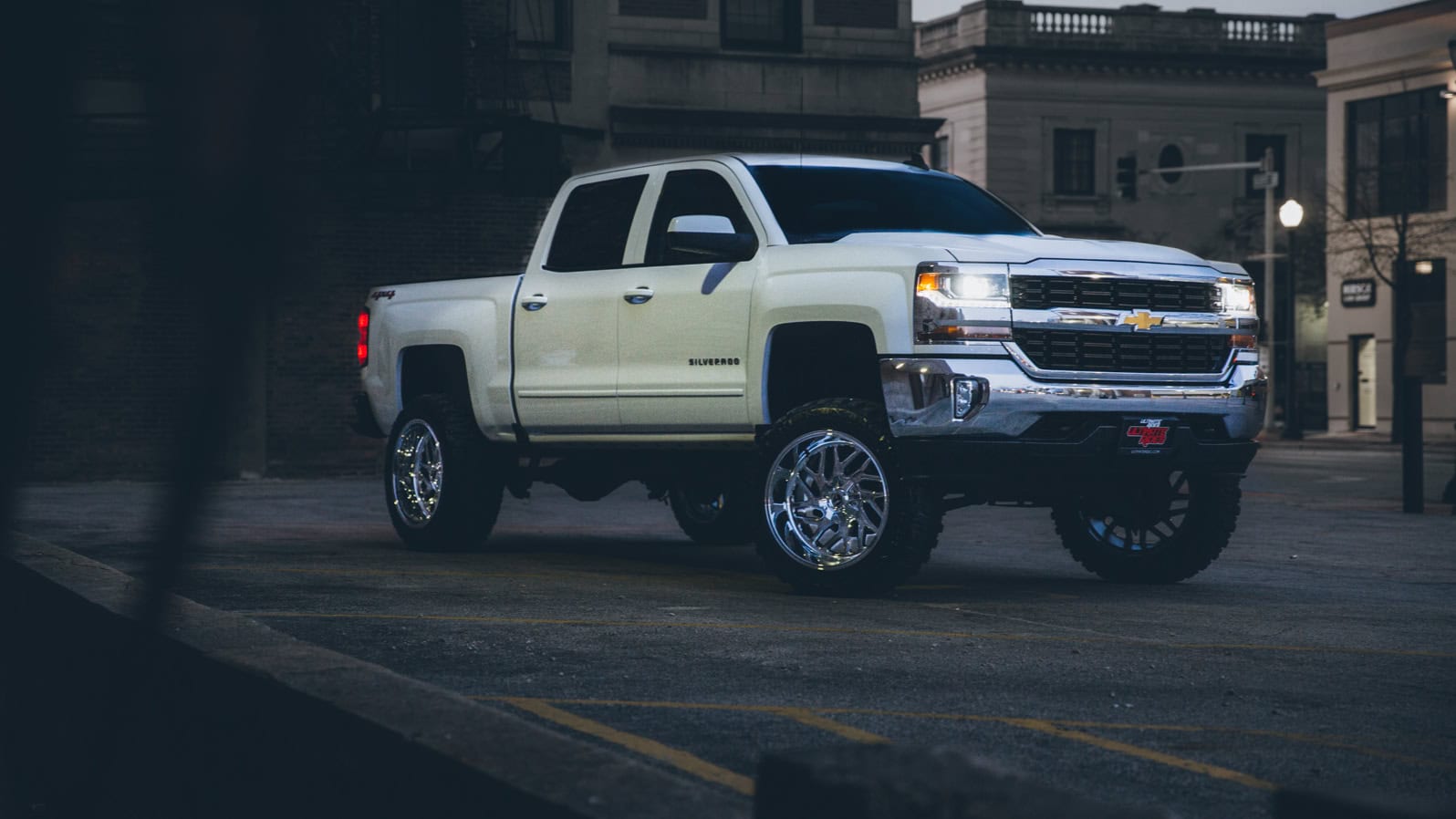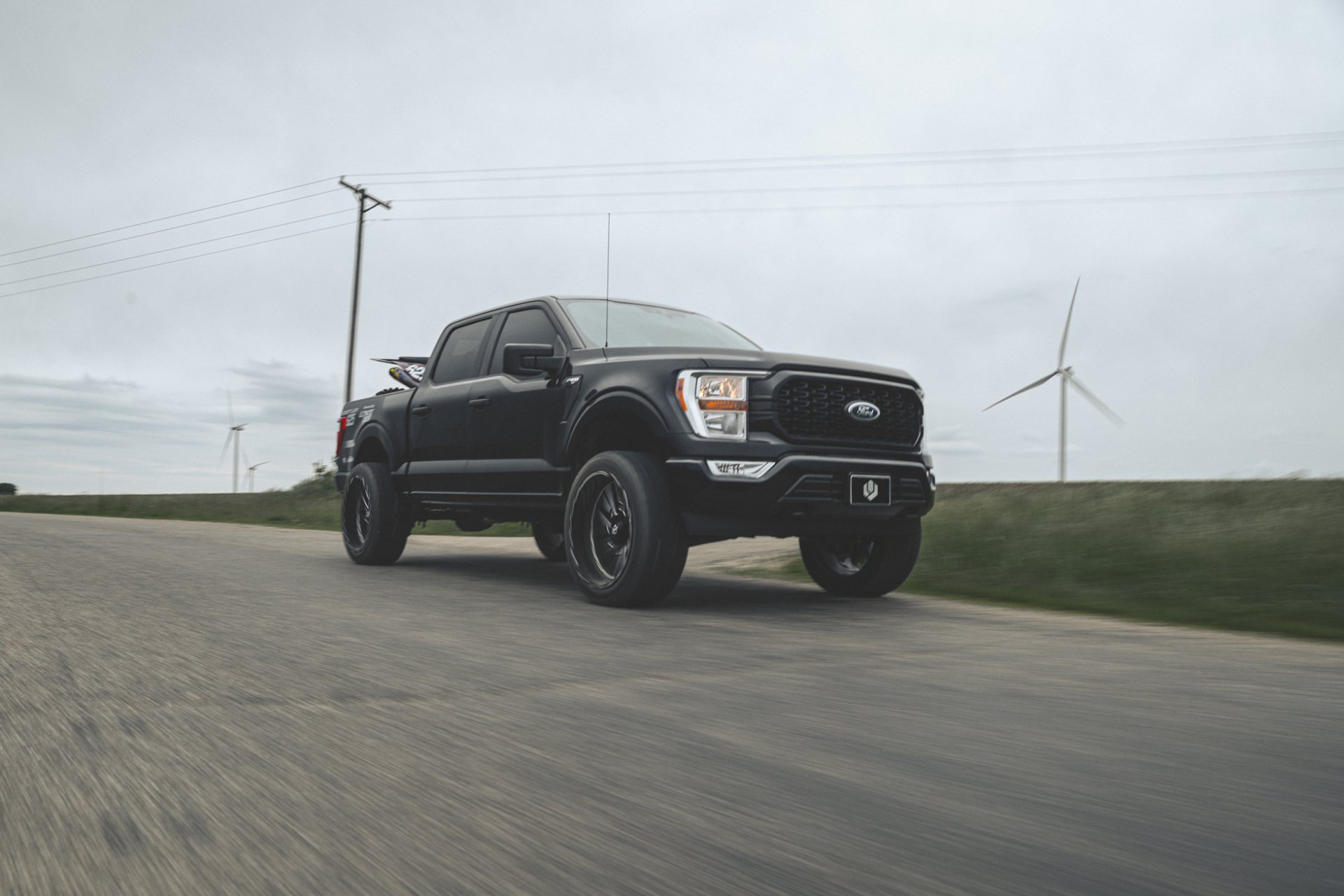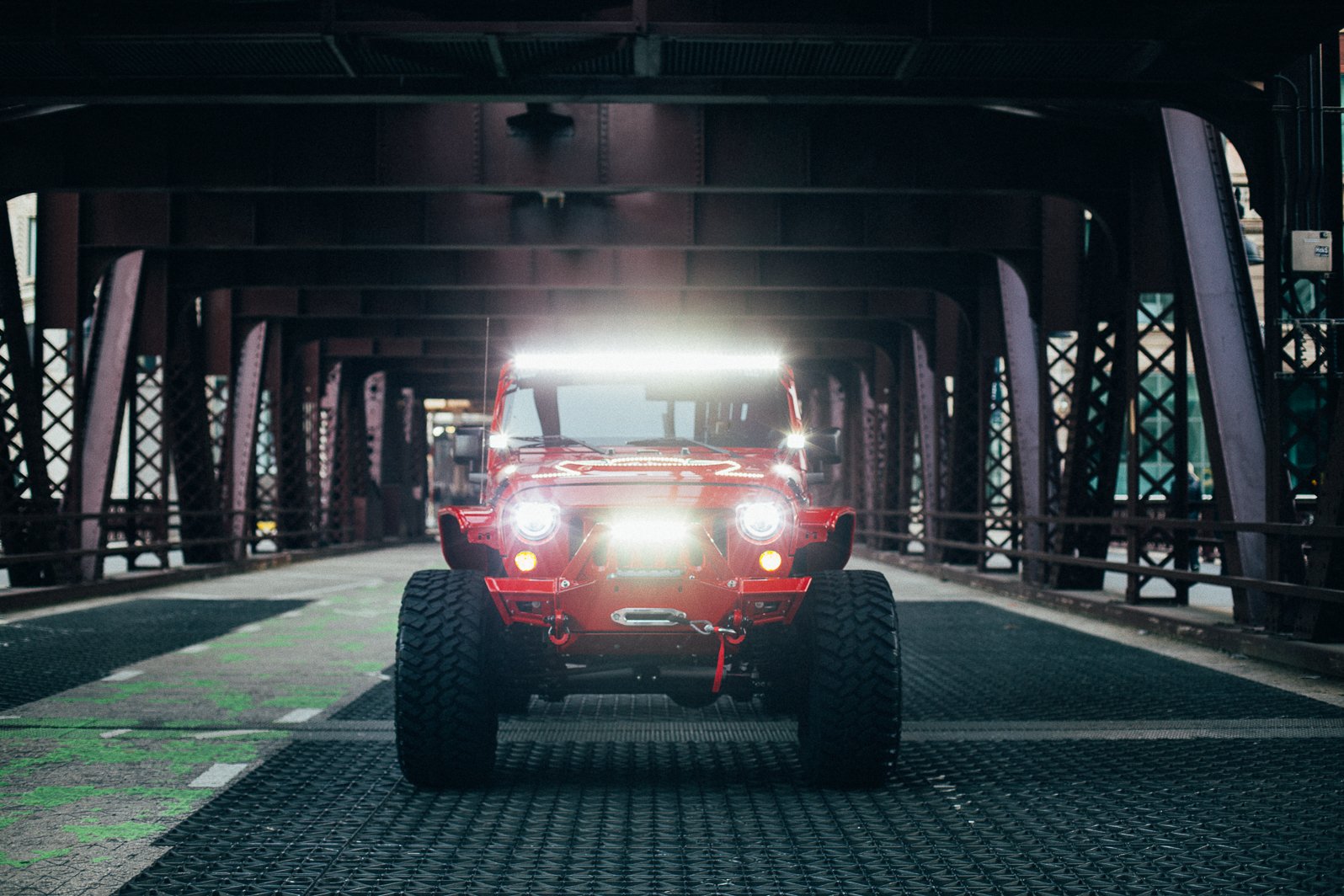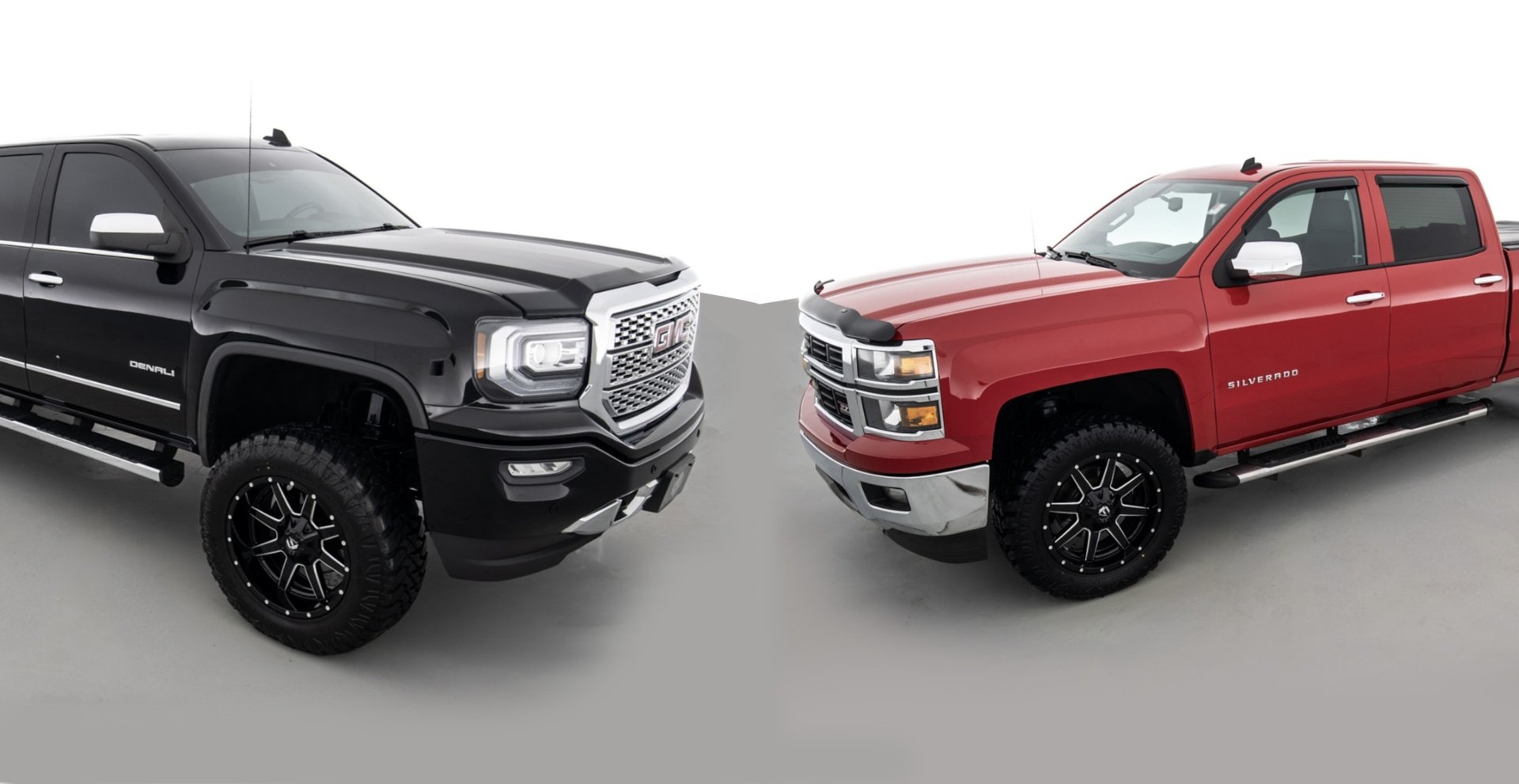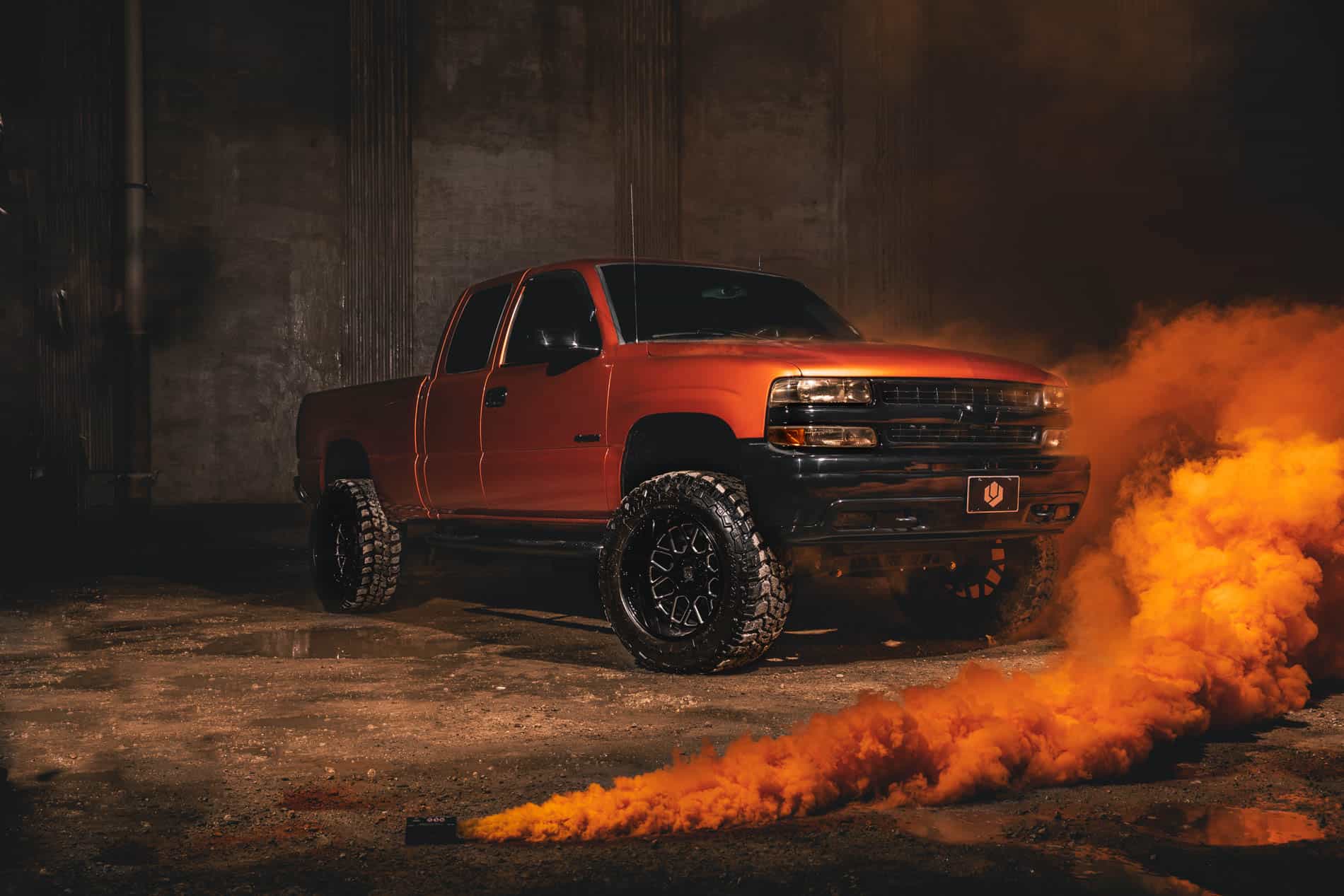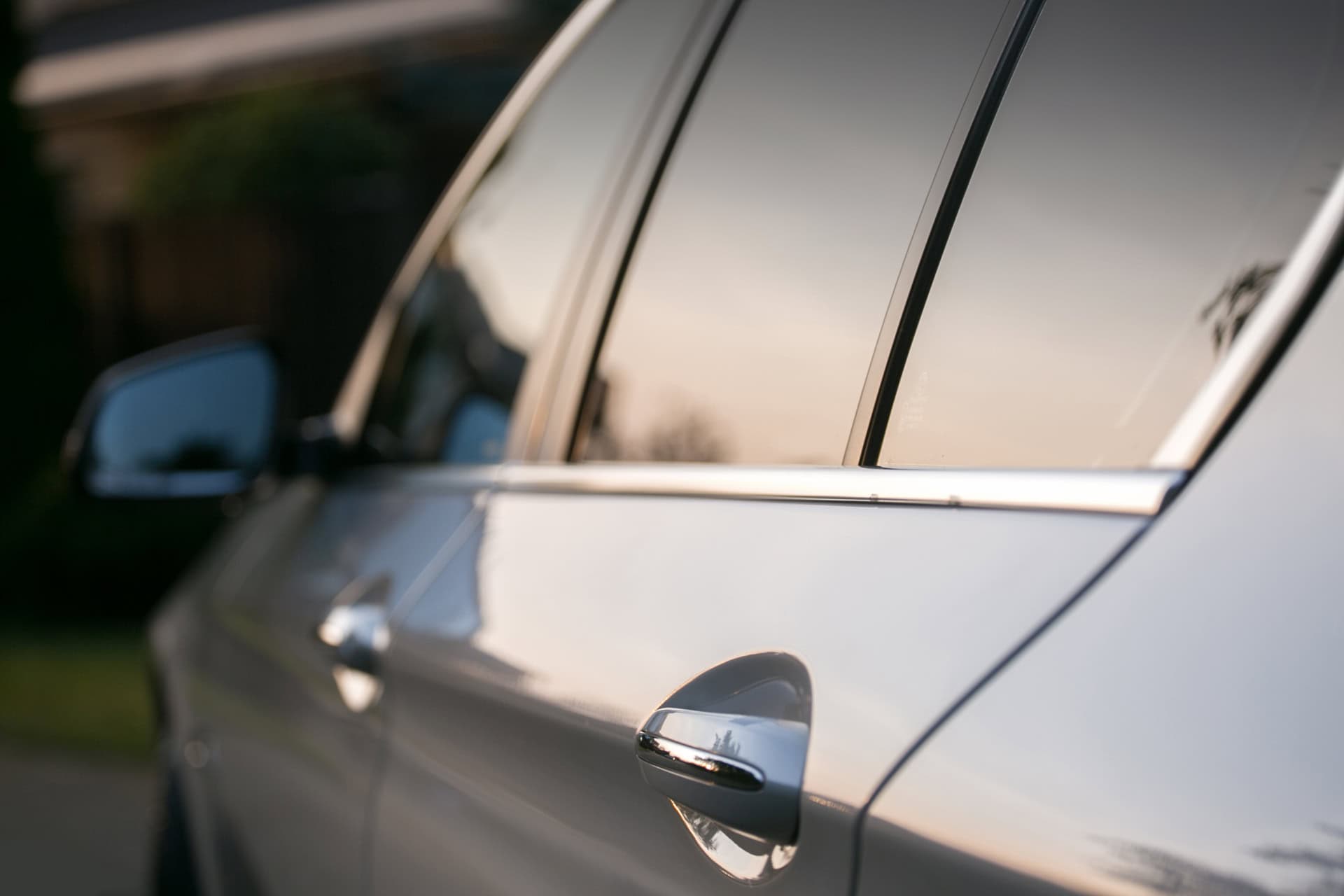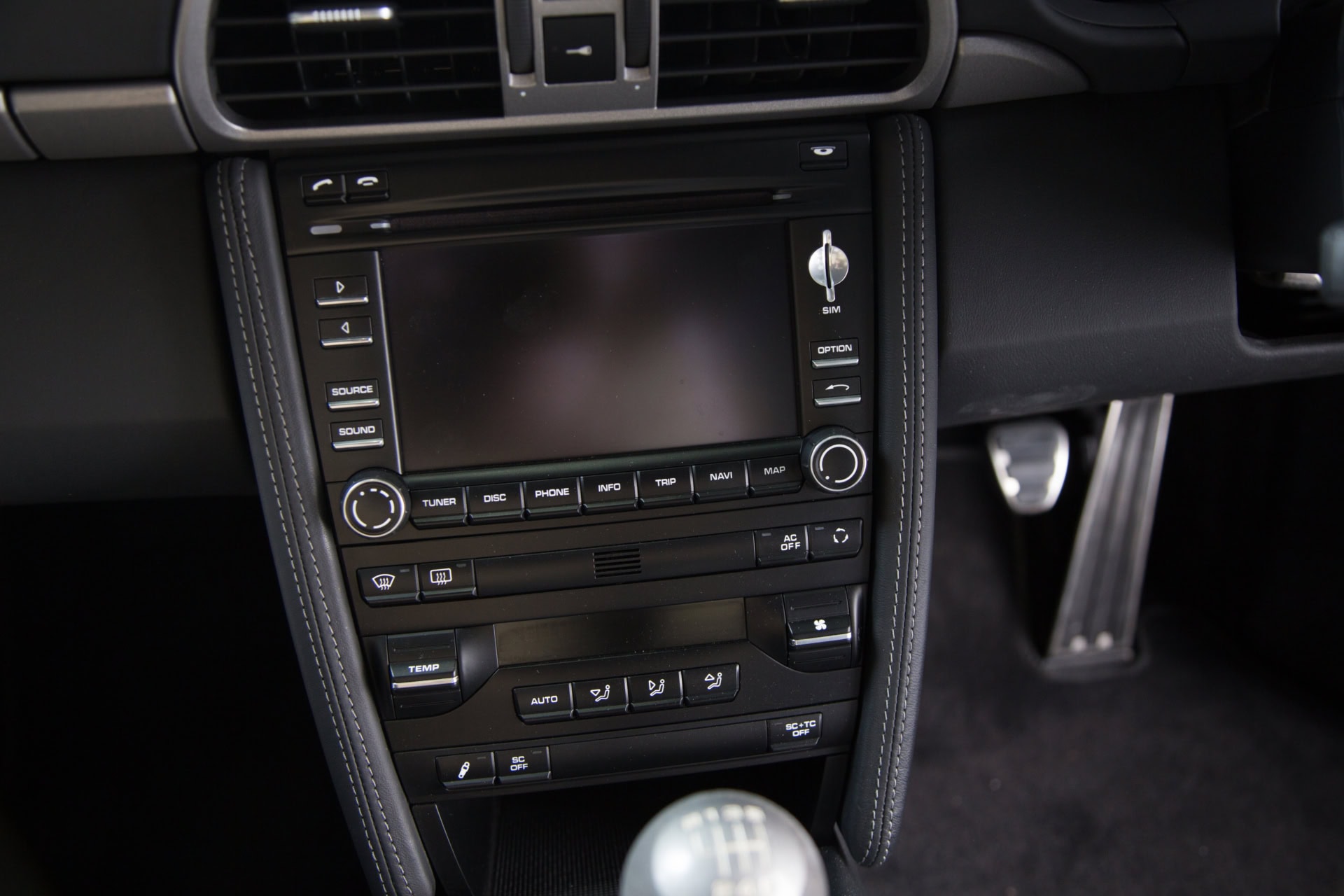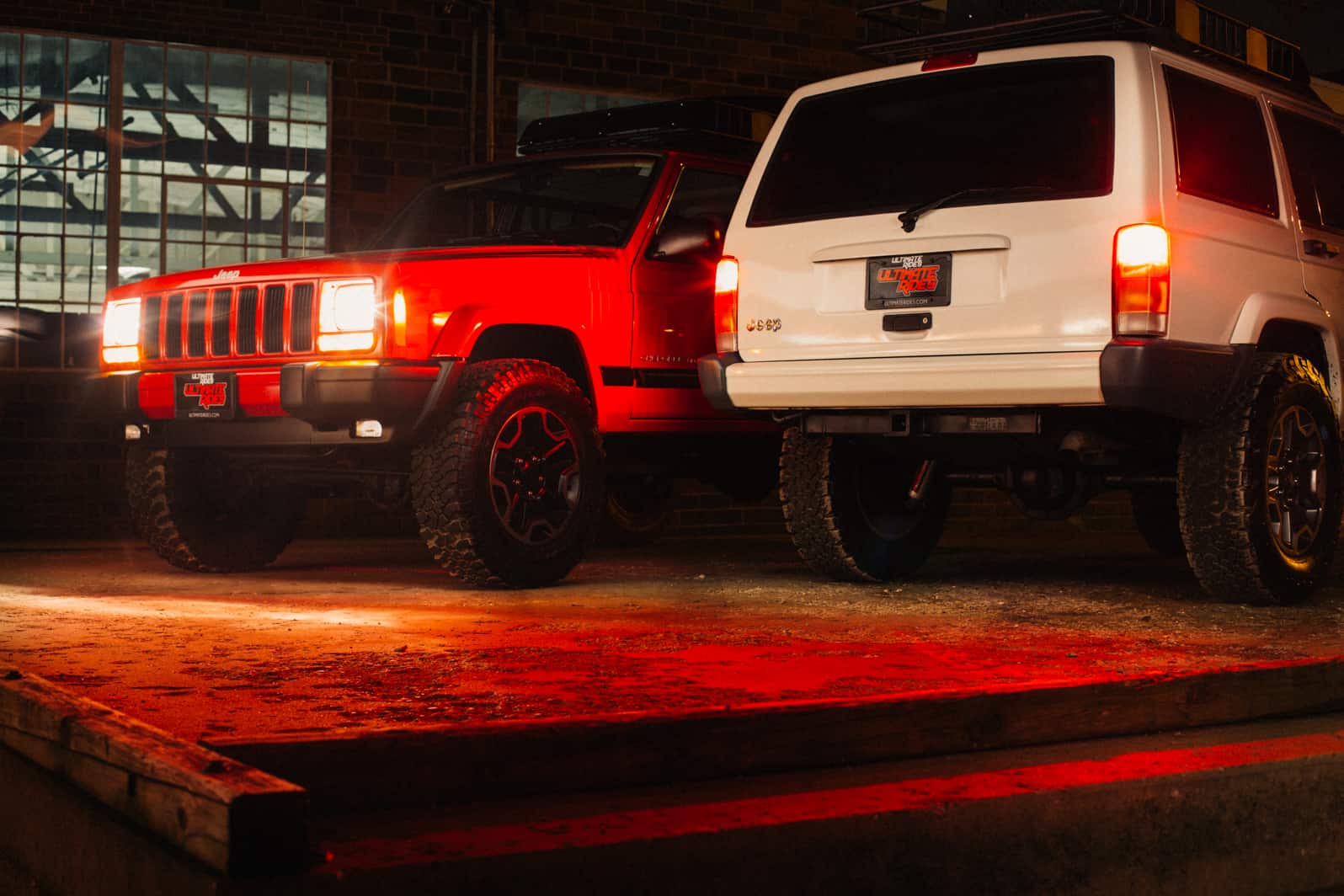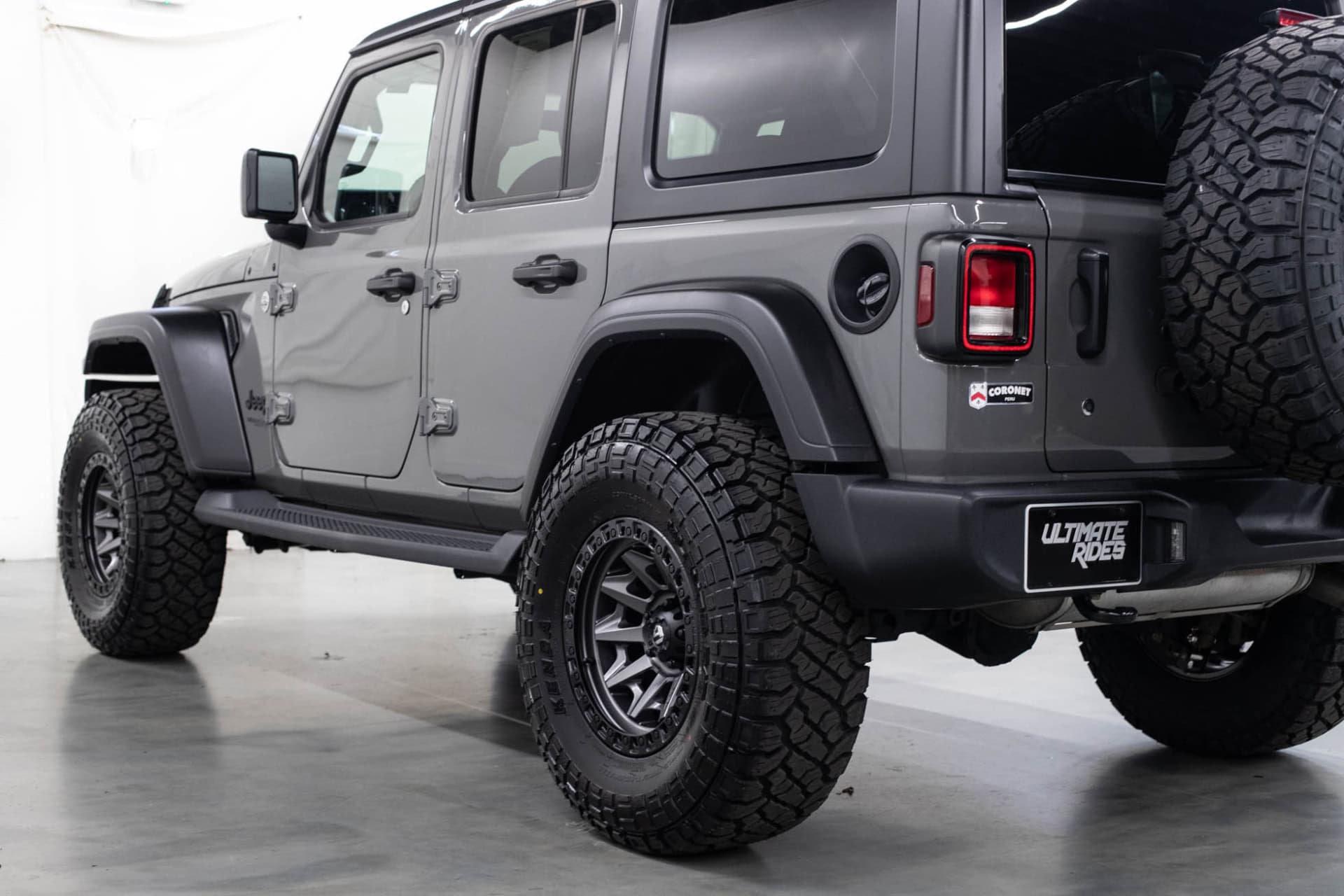If you’ve ever felt your lifted rig drifting, wandering, or not steering with confidence, you’re far from alone.
Many truck owners ask questions like “Why is my truck steering so loose?” or what causes a loose steering wheel after a lift kit install? The good news is that achieving tight, responsive steering isn’t just possible, it’s something you can tackle systematically.
In this guide, you’ll learn what “loose steering” feels like in a lifted truck, the common causes of what would cause steering to feel loose after lift kit installs, creating a step-by-step diagnostic checklist, practical solutions that restore precision, and when it’s time to trust a mechanic.
Let’s take the wheel and learn how to diagnose and fix loose steering in your lifted truck.
What Is “Loose Steering” in a Lifted Truck?
When we say loose steering wheel, we’re talking about a specific feel:
- Wandering: The truck drifts left or right on straight roads
- Sloppy turns: Your input doesn’t translate immediately
- Delayed centering: The wheel doesn’t snap back after a turn
- Floatiness at speed: Highway driving feels unstable
That compound sensation, imprecise, disconnected, and a little unsettling, is often described as lifted truck loose steering. It’s a direct result of altering your suspension geometry with a lift kit.
These changes shift the stress and alignment of your steering components, and if you’ve ever asked what causes loose steering in a truck, geometry disruption is often at the root.
Symptoms vary based on:
- The lift height
- Quality and type of components installed
- Whether an alignment was done after installation
This loose steering isn’t only annoying but can be genuinely dangerous. On highways, constant steering corrections lead to driver fatigue and reduced reaction times.
In parking lots, imprecise steering makes maneuvering difficult and increases the risk of minor accidents.
Off-road, loose steering can mean the difference between confidently navigating obstacles and fighting your truck on every turn.
The psychological impact matters too – when you can’t trust your steering, you naturally drive more tentatively, which affects your overall driving experience and confidence behind the wheel
Common Causes of Loose Steering After a Lift
Let’s dive into what can make your steering feel off and how the lift contributed to it.
Worn or Misaligned Steering Components
Words like tie rods, drag link, and pitman arm might sound intimidating, but here’s what they do:
- Tie rods connect your steering knuckles to the center link
- Drag link transfers motion from the steering box to the wheels
- Pitman arm links the steering box to the drag link
Lifting changes their angles, bending them out of design, accelerating wear. Over time, slack develops, and suddenly you’re fighting vague steering and hands-off wandering.
Poor or Incomplete Alignment Post-Lift
Alignment isn’t just for show. After raising the suspension, critical angles, caster, camber, and toe, no longer match specs.
If your toe is off, you’ll wander. If the caster is too low, you won’t self-center. Every angle contributes to that precision feel, even degrees matter.
| Expert’s Tip:
Positive caster makes for stable steering; negative caster makes for a twitchy one! |
Improper Track Bar Position or Angle
Think of the track bar as your axle’s centerline anchor. If it shifts after a lift, the axle can move slightly side to side, creating a bump steer. Even tiny shifts trigger steering corrections with every bump.
Weak or Stock Steering Stabilizer
Oversized tires add mass and leverage at the wheel. A stock stabilizer budgeted for small tires can’t damp the added momentum, leaving the truck feeling floaty and imprecise, especially on highways.
Overly Aggressive Tire Size
Big tires = big steering demand. Flexing sidewalls, increased rotational inertia, it all adds up. Sidewall deformation under load translates into delayed or loose steering response.
Summary Table: Causes & Solutions
| Component | How Lift Affects It | Symptoms | Smart Fix |
| Tie Rods | Stretched/angled post-lift | Wandering, slack turns | Upgrade heavy-duty tie rods |
| Track Bar | Moves off-center, causes bump steer | Drifting, jerky bumps | Install drop bracket or adjustable unit |
| Pitman Arm | Angle increases, introduces slack | Vague turns, loose feel | Install drop pitman arm |
| Steering Stabilizer | Underpowered for big tires | Highway drift, float | Upgrade to dual or beefier stabilizer |
| Wheels / Tires | More flex, inertia | Typiness, delayed response | Choose tire size balanced for handling |
How to Diagnose Loose Steering in Your Lifted Truck
Before spending on parts, start with a quick, DIY-friendly inspection process:
Visual Inspection
- Park on level ground and check for visibly worn or cracked bushings
- Wiggle tie rods, drag link, pitman arm, see if there’s play
Jack-Up & Wiggle
- Raise one end at a time
- Wiggle the wheel side-to-side; loose or clunky play means bad joints
Bounce Test
- Push down firmly on each corner
- Truck should snap back; if it floats or sags, check shocks and stabilizer
Track Bar Check
- Examine mount conditions and fit; wobbly bolts are suspect
Test Drive
- Drive straight and note the drift
- Test tight circles in both directions and listen and feel for backlash
Garage Test vs. Driveway Checks
Driveway Checks (DIY)
- Bounce tests, tapping parts, re-torquing bolts
- Grease bushings and test-wheel play
Garage Testing (Professional)
- Suspension/rack alignment scans
- Chassis ear microphones to isolate noise
- Instrumented suspension articulation
How to Fix or Improve Loose Steering in a Lifted Truck
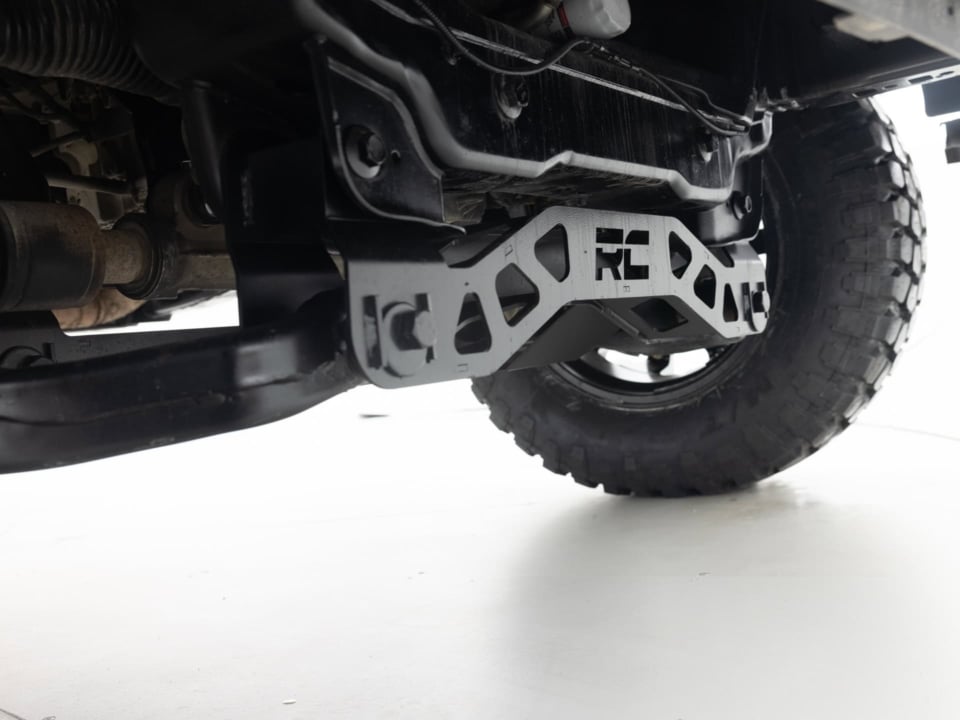
Once you’ve identified the cause, follow this order of operations, starting with the simplest and scaling up.
Get a Full Alignment
- Ensure positive caster, proper toe, and camber
- Lifts change specs, so only a pro alignment will correct them
Upgrade Steering Components
- Heavy-duty tie rods: thicker, beefier, built to handle bigger tires
- Drag links & pitman arms: upgrade to parts designed for lifted rigs
- Drop pitman arm: restores geometry after significant lifts
Add or Upgrade Steering Stabilizer
- Single stabilizer: step up to heavy-duty
- Dual stabilizers: recommended for aggressive tire setups
| Expert’s Tip:
Clamp stabilizers with zip ties during testing to compare feel. |
Adjust Track Bar or Add Drop Bracket
- Add adjustable track bars or brackets to move the axle centering mechanism
- This corrects bump steer and dialing in a stable center
Install a Steering Box Brace
- Especially important on older trucks
- Adds chassis reinforcement to reduce flex under load
Consider Tire Size & Pressure
- Choose tire sizes matched to your lift and steering upgrades
- Maintain consistent tire pressure to avoid directional shift
When to See a Professional
No shame in calling in a pro, here’s when it’s worth it:
- Steering box concerns: If the box has damage or slop, only a specialist should handle it
- Persistent wandering: After upgrades, if highway stability is still poor
- Vague corners: Unstable handling at higher speeds
A professional alignment and steering diagnosis will give you not just peace of mind, but proven results. It ensures safety and performance, especially if you rely on your rig daily.
Final Thoughts
A loose steering wheel after a lift is common, but entirely fixable. Both DIY and professional options can deliver the tight, precise steering you need, whether you’re cruising city streets or dominating trails. Focus first on alignment, then upgrade parts in this order:
- Steering stabilizer
- Tie rods, drag links, pitman arm
- Track bar and drop brackets
- Box brace and tire considerations
Drive cautiously while diagnosing, but don’t settle. With persistence, you can feel the immediate response and confidence you deserve in your lifted truck.
Ready for rock-solid steering?
to schedule your steering alignment or component upgrades!
Frequently Asked Questions
Why does lifted truck loose steering feel worse at highway speeds?
Higher speeds amplify small mistakes. A fraction of a degree wrong in alignment leads to noticeable drift.
Should I upgrade to a dual steering stabilizer?
Yes, dual stabilizers help counteract the extra tire inertia and minimize steering float, especially on lifted setups.
Can a drop pitman arm fix my steering drift?
Absolutely. By realigning the drag link geometry post-lift, a drop pitman arm can eliminate slop and wandering.
What’s involved in a full alignment?
A proper alignment adjusts caster, camber, and toe; ensures track bar angle; and stabilizer positioning, especially important after lift modifications.
Is loose steering safe to drive?
Not forever. While it’s common in lifted trucks, letting it go unchecked can result in worn joints, tire damage, and dangerous instability.
Can bad shocks cause loose steering in a lifted truck?
Yes. Worn or mismatched shocks can’t properly dampen suspension movement, which leads to excessive bounce in your truck and floaty steering, especially at higher speeds. While shocks don’t directly control steering, their role in suspension stability significantly affects how tight or loose your truck feels on the road.
Will adding a lift kit always cause loose steering?
Not necessarily. A properly installed lift with upgraded components and a professional alignment can maintain excellent steering feel. Loose steering usually happens when stock parts are reused, alignment is skipped, or geometry isn’t corrected. Quality parts and setup make all the difference.
Do steering boxes wear out faster on lifted trucks?
Yes, especially if the rest of the steering system isn’t upgraded to match. Bigger tires and misaligned components add more stress to the steering box, causing internal wear. Installing a steering box brace and keeping angles in check helps extend its life.
Will a steering stabilizer fix loose steering in my lifted truck?
A steering stabilizer can help, but it’s not a complete fix for loose steering. Think of it as a supportive bandage rather than a cure. It helps control shakes in your truck, especially with larger tires, but if your tie rods, ball joints, or alignment are off, those issues must be addressed first.
Why does my lifted truck pull to one side when driving?
This could be due to misalignment, uneven tire pressure, a bent steering component, or worn suspension parts. A common cause in lifted trucks is improper caster angle or a shifted track bar. Always start with checking your alignment and tire pressure, then inspect for worn components.
Do I need different steering components for a 6-inch lift?
Yes, most trucks with a 6-inch lift will require upgraded steering components. Stock tie rods, drag links, and pitman arms are often not built to handle the altered geometry and increased stress. Investing in heavy-duty, lift-specific steering parts can dramatically improve precision and safety.
